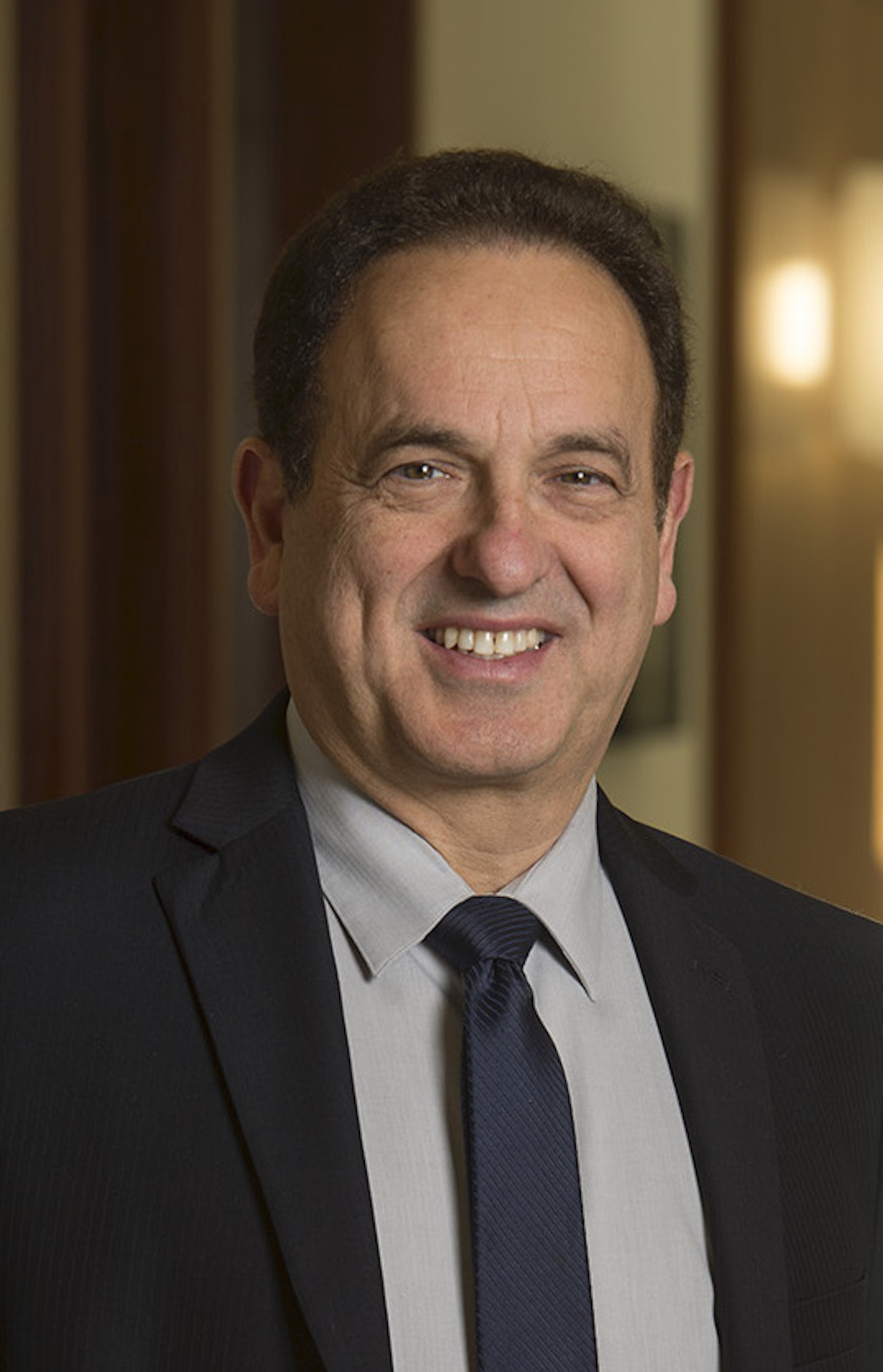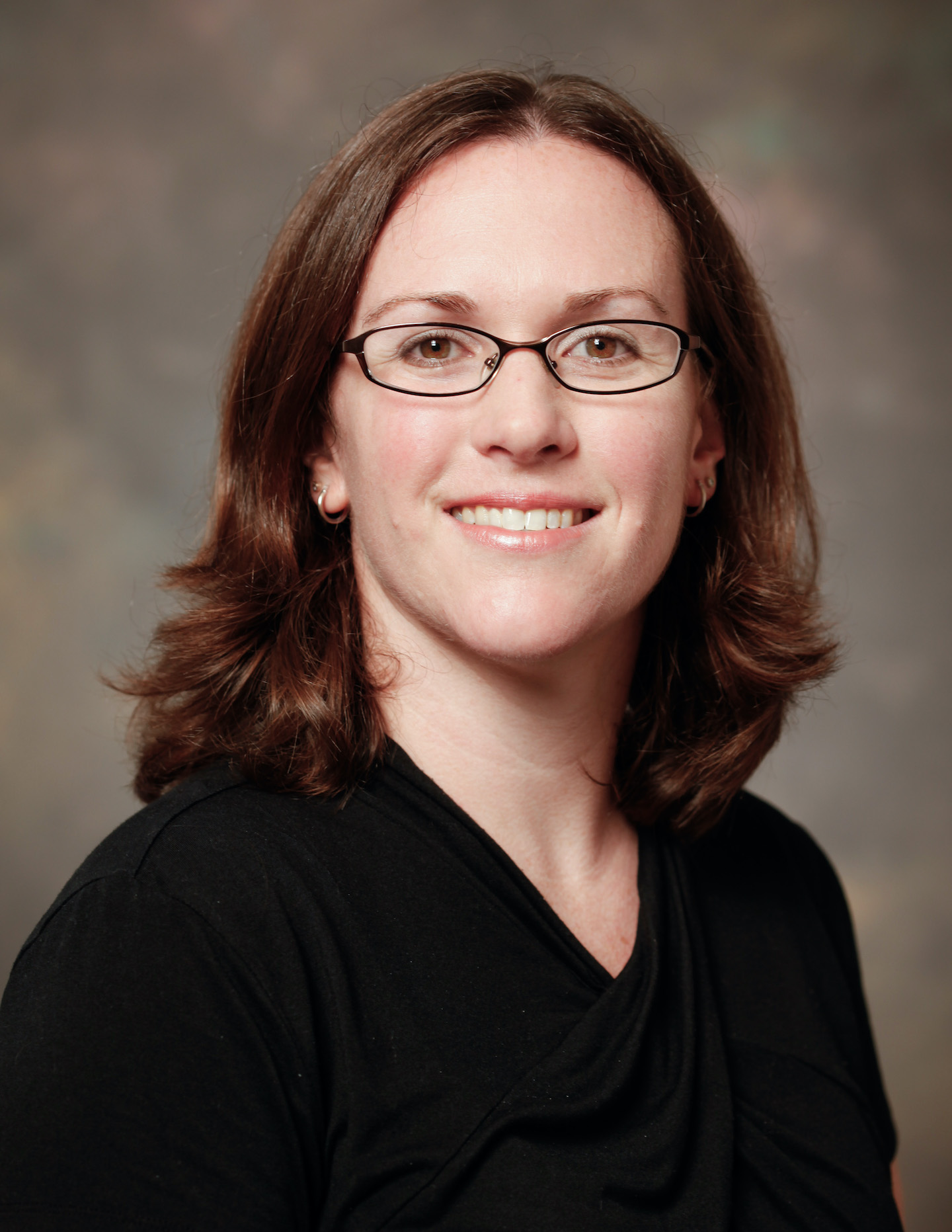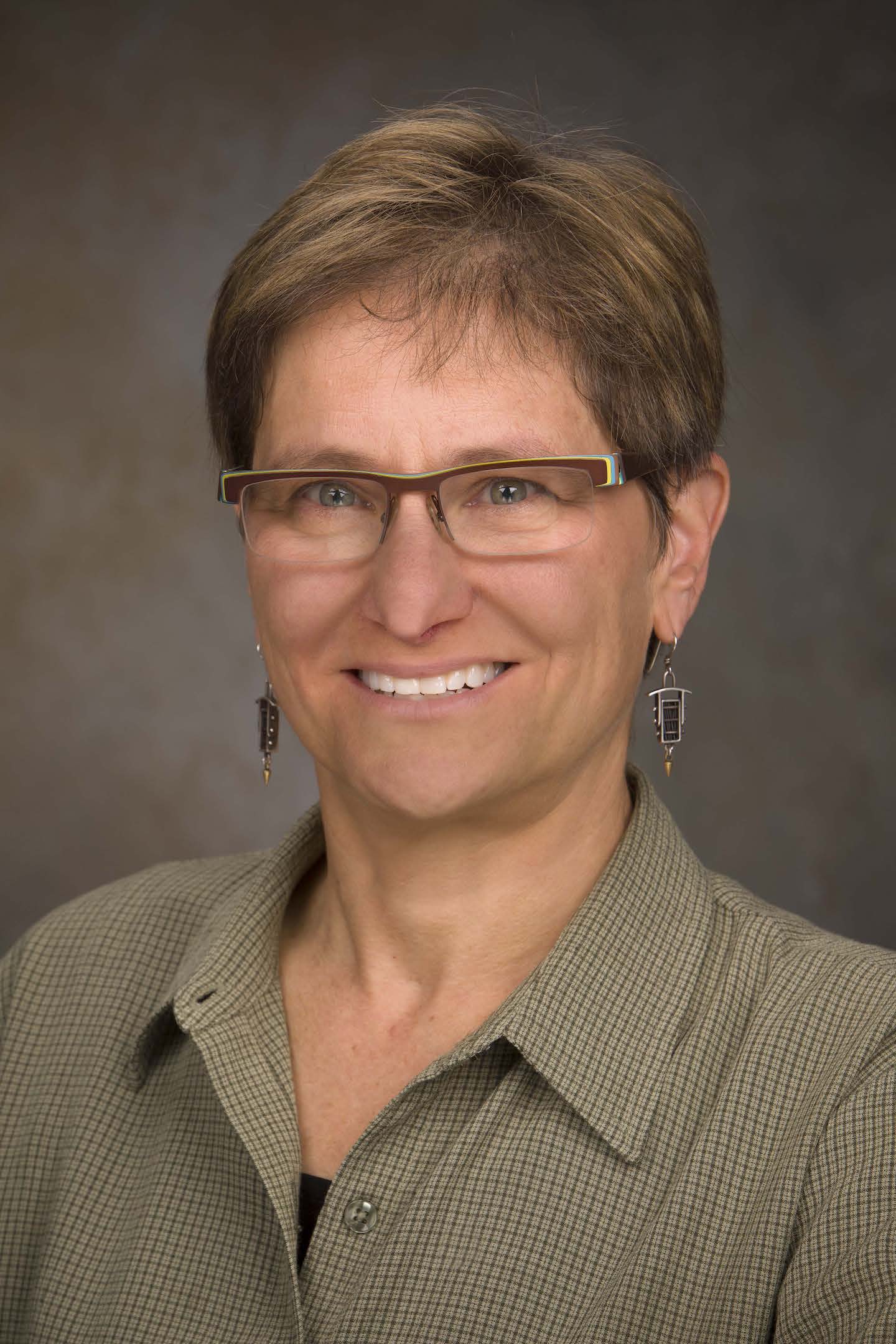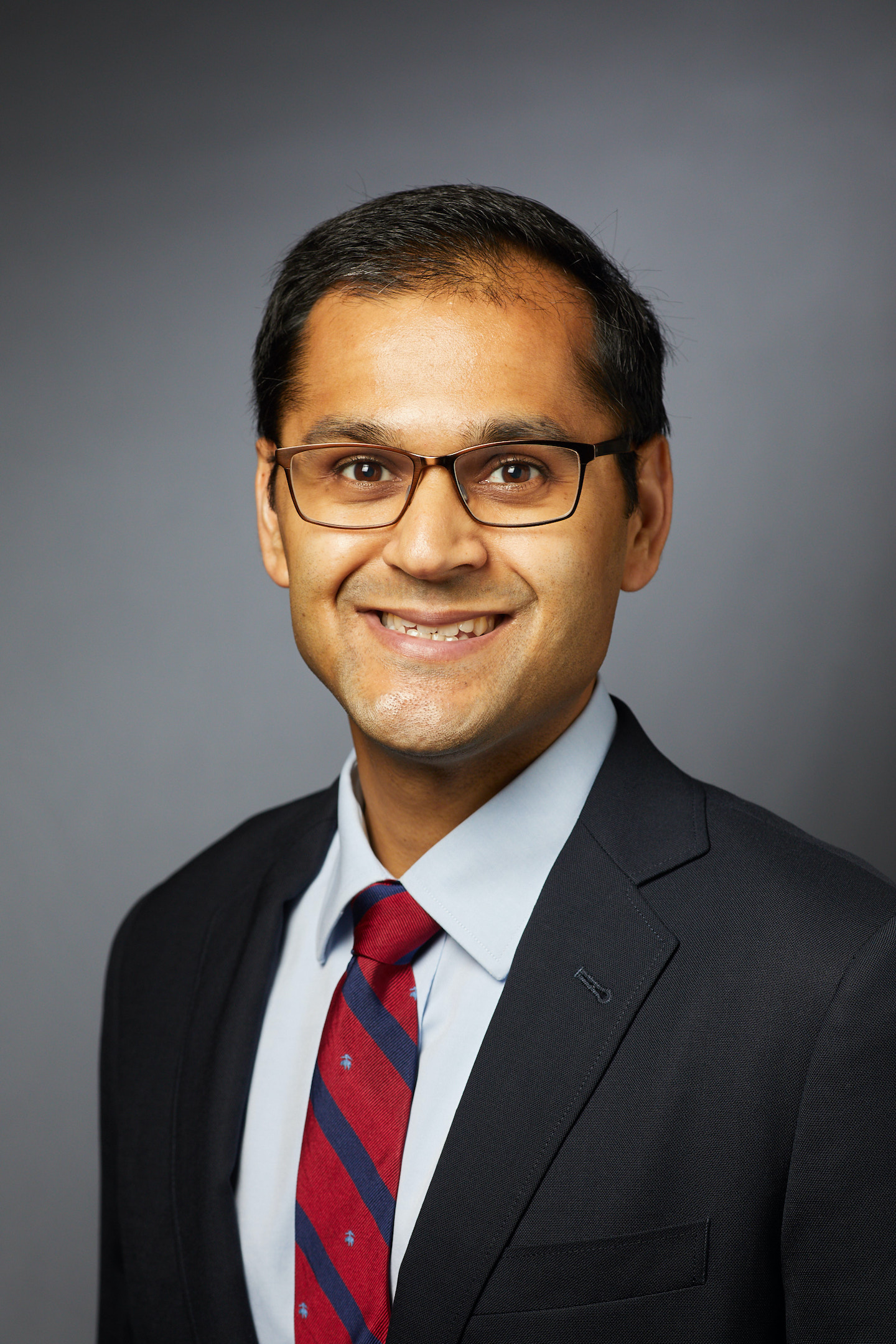Google came online the same year Women’s Health Research at Yale (WHRY) was created. Each, as it turned out, would fill a void in the search for information.
It was 1998, soon after the National Institutes of Health issued a grant requirement that women be included as participants in clinical research. Without this requirement, the existing gap in what was known about the health of women would continue. This directive also meant that the largest single funder of biomedical research in the world was changing the ground rules about who was studied and calling for data on the health of women beyond the existing focus of reproductive health.
And so, the search for information began.
Through our Pilot Project Program, WHRY began generating studies on the causes, mechanisms, and interventions for the health conditions that affect women and broadening the scope of what was considered women’s health. These studies also allowed Yale faculty to collect the necessary feasibility data required to secure new NIH grants for further study on the wide span of critical women’s health topics.
With one of the first pilot project grants, Bruce Haffty, MD, Professor of Therapeutic Radiology, found, in a rare 15-year follow-up study of women with breast cancer, that women with BRCA1 or BRCA2 mutations were more likely to develop breast cancer recurrence in either breast than women without this genetic risk factor. These findings became crucially important to women weighing treatment options at the time of diagnosis and developing plans for follow-up.
Dr. Haffty’s study was one of many that demonstrated rapid benefit derived from our pilot studies. Another offered girls with autism spectrum disorder (ASD) a new treatment option. Traditionally, girls with ASD have been under-represented in research. Pamela Ventola, PhD, Associate Professor in the Child Study Center, demonstrated that Pivotal Response Therapy (PRT), a social-behavioral treatment could help girls, along with boys, with ASD. Dr. Ventola showed that girls benefited from PRT and made larger net gains than did boys, resulting in its therapeutic use today in both girls and boys.
Similar to an internet search, some research studies can provide swift answers, while others require longer investigation. Here’s an example of research that requires a longer-term commitment.
Previous studies have shown women have a higher risk for parathyroid disorders, such as hypoparathyroidism in which insufficient parathyroid hormone is secreted. Women are also more likely to develop thyroid cancer requiring surgical treatment, which often comes with the unintended consequence of damage to the parathyroid glands. In either case, lifelong hypoparathyroidism can result. This means that parathyroid hormone is not available to maintain needed calcium levels in the blood. Without proper calcium levels, patients are at risk for painful muscle spasms, seizures, and brain fog when the condition is mild and can develop a life-threatening calcium deficiency when it is severe. Treating hypoparathyroidism with calcium supplements, which is the standard of care, is often ineffective for maintaining the proper calcium balance, in addition to causing unwanted side effects.
As the Associate Director of Yale’s Stem Cell Center, Diane Krause, MD, PhD, Anthony N. Brady Professor of Laboratory Medicine, has taken on the intensive work of turning patients’ stem cells into parathyroid cells to give patients the capacity to produce parathyroid hormone on their own. The round-the-clock effort is a multi-year process involving five stages of development. Dr. Krause and her team established a protocol to orchestrate the molecular cues that mimic the natural development process of turning stem cells into parathyroid cells. This protocol, which will provide a revolutionary new treatment option, has been validated in collaborating laboratories, and is now being fine-tuned to improve the efficiency of parathyroid cell differentiation.
Dr. Krause’s work is the result of believing that the current standard of treatment can be improved. She is among the many researchers who have used WHRY’s Pilot Project Program seed grants to explore novel ideas and shape the future of health care.
Samit Shah, MD, PhD, Assistant Professor of Medicine (Cardiology) focused his grant on creating a new approach to improve the diagnosis of heart disease in women. Most heart attacks in women and men are due to blockage of major cardiac arteries, thus preventing blood flow to the heart. However, chest pain and heart attacks can also be caused by constriction or spasm of the small vessels that feed the heart. Known as microvascular disease, this cause is more common in women and it is not detected by routine diagnostic protocols that are designed to detect major blockages. Consequently, women are more likely to be left without a diagnosis or appropriate treatment. Dr. Shah’s research focuses on this physiological difference between women and men and, if a cholesterol blockage is not found during cardiac catheterization, he uses specialized techniques to determine whether there is another cause of reduced blood flow, such as microvascular disease. In women without blockages, nearly 90 percent of women who underwent testing were found to have a cause of reduced blood flow to the heart, despite having no significant plaque blockage in the large blood vessels. This advanced testing helps patients find an accurate diagnosis and allows providers to develop precision treatment plans.
Other novel advances in treating a particular disease have now turned out to be useful for other disorders. For example, the innovative approach used in two different pilot studies by Akiko Iwasaki, PhD, Sterling Professor of Immunobiology, to treat herpes infections is now being applied to the fight against Covid-19. In her first WHRY study, Dr. Iwasaki focused her research on the role of mucous membranes in understanding why women are more susceptible than men to viral genital herpes infections. Her second study expanded upon that knowledge and created a treatment strategy dubbed “prime and pull” that would prime the immune system to create a memory response to the herpes simplex virus and then pull those immune memory cells to the site of infection to stop the virus. In a third WHRY study at the start of the COVID-19 pandemic, Dr. Iwasaki showed sex differences in immune response to the novel SARS-CoV-2 virus and is now using her combined expertise on this virus and viral transmission to develop an intranasal vaccine to create mucosal immunity that would stop the virus at the site of infection – the nasal muscosa.
The importance of ingenuity in scientific discovery is also evident in the ovarian and breast cancer research by Peter Glazer, MD, PhD, Robert E. Hunter Professor of Therapeutic Radiology. Dr. Glazer, along with James Hansen, MD, began investigating a nontoxic lupus antibody that can penetrate cancer cells for its potential as a mechanism for cancer treatment. In his WHRY study, he found that this specific lupus antibody could be used to inhibit the DNA repair component of the cancer cell in a manner that stops the cancer cell from sustaining itself. Further research showed efficacy in the antibody destroying specifically those cancer cells associated with mutations in the tumor suppressing BRCA1/2 genes. As mutations in these BRCA genes lead to higher rates of breast and ovarian cancer, this research is of great value for BRCA-related cancers that affect many women around the world. The antibody has now been developed into a therapy to fight these cancers and clinical trials are planned for later this year.
Women’s Health Research at Yale’s search for information began 25 years ago to address the scarcity of information on women’s health. It has led to knowledge on a myriad of conditions and uncovered vital sex and gender differences that influence the health of all people.
As this sampling of WHRY funded studies show, there is much to learn that can advance the health of women and men. And so, the search continues.





